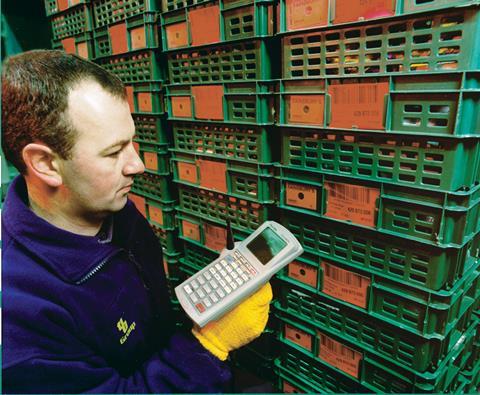Logistics may not be the first career choice for many young people, but that needs to change if the industry is to keep developing.
The secret to long-lasting success in business is all about investing in the right people.
The supply chain is a technology-led, diverse and exciting sector, and should celebrate the vast opportunities open to talent across the end-to-end supply chain.
But is the industry adept at articulating this to potential new talent?
Young people are quick to dismiss a career in logistics and as such, there is a dire shortage of millennials in supply chain roles. How can we address these shortfalls and make the supply chain attractive to millennials, and even Generation Z?
One way is to emphasise the number of technology-led roles available across the industry.
Tech-led opportunities
The internet of things is one of the current hot topics in retail, but much of the technology that makes it a reality, such as RFID tagging, is already embedded in supply chain operations. And the potential for future development is huge.

Another is to focus on the range of roles that are available to potential new workers.
The image of logistics to those outside the industry is one of trucks and last-mile delivery, not of innovation, collaboration and development. This needs to be transformed, but it will only change when businesses make a concerted effort to showcase the breadth of opportunities available in the industry.
Retailers need supply chain talent with the right skills, experiences and mindsets to harness the value of supply chain innovations.
As retailers, it’s in our best interest to drive a culture of diversity; to make end-to-end supply chain roles attractive in order to move supply chain from the 1980s and into 2020.
Addressing some of these issues is the focus of a Retail Week half-day workshop on 18 May 2016: Investments to close the talent gap – new thinking, new approaches and new partnerships. To come along or find out more, click here.



























1 Reader's comment